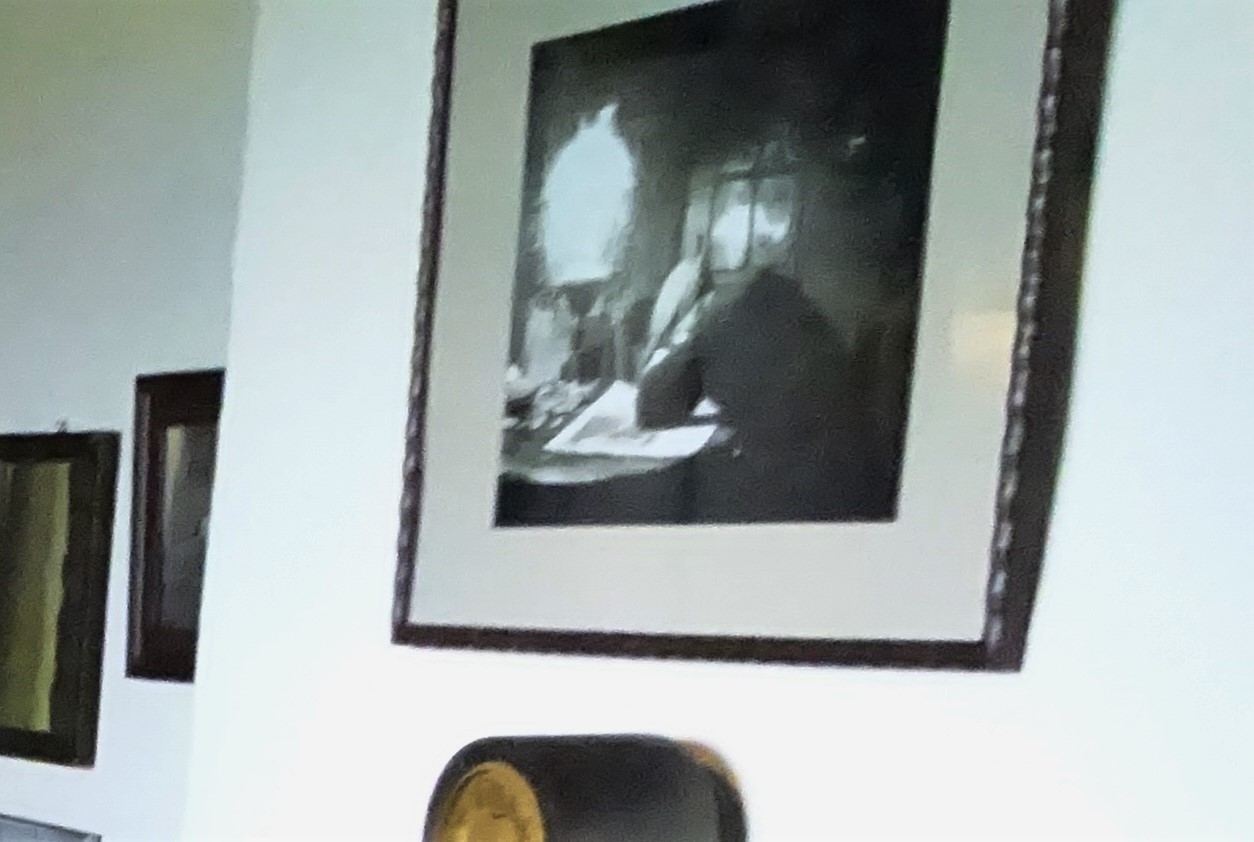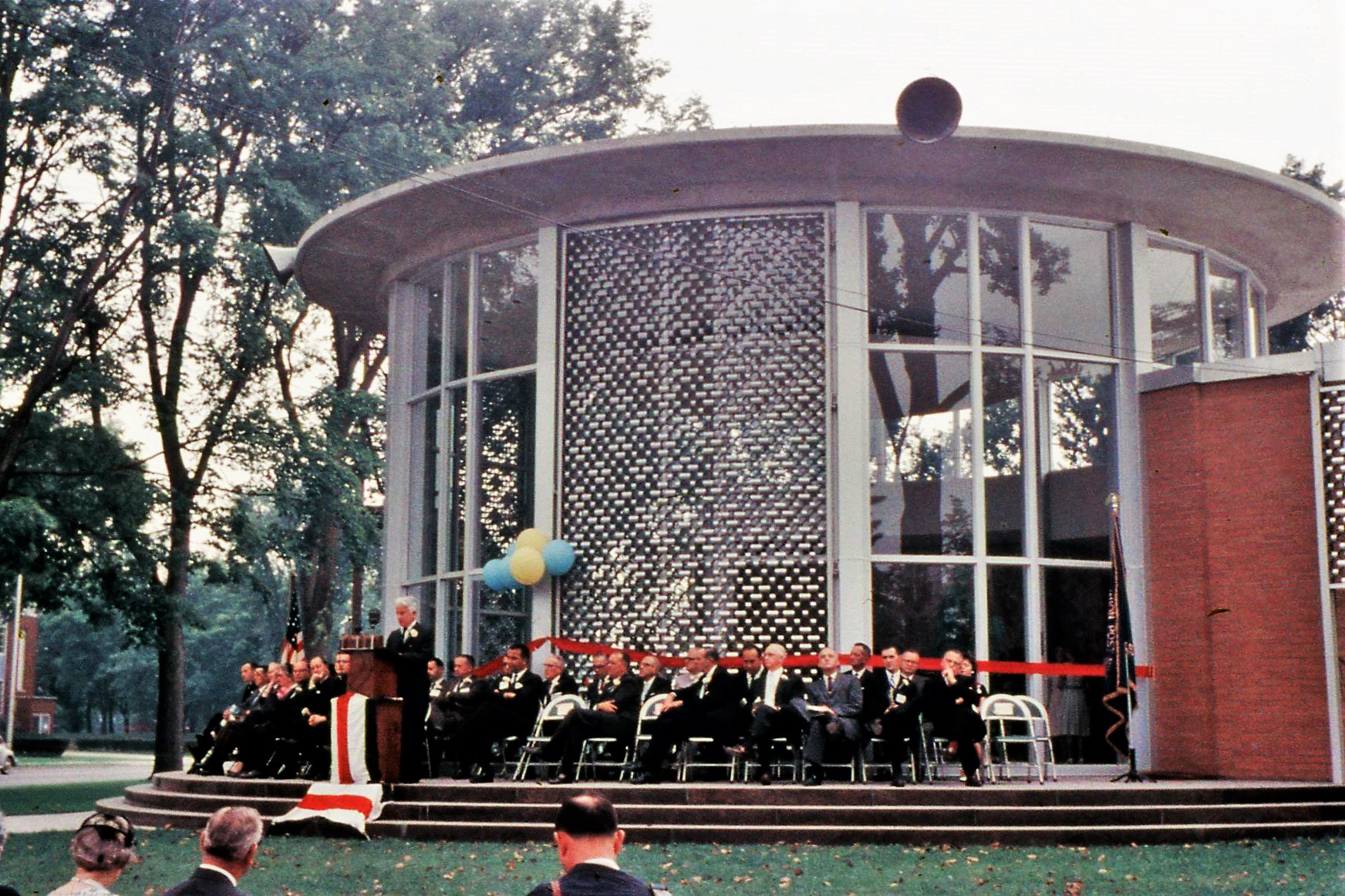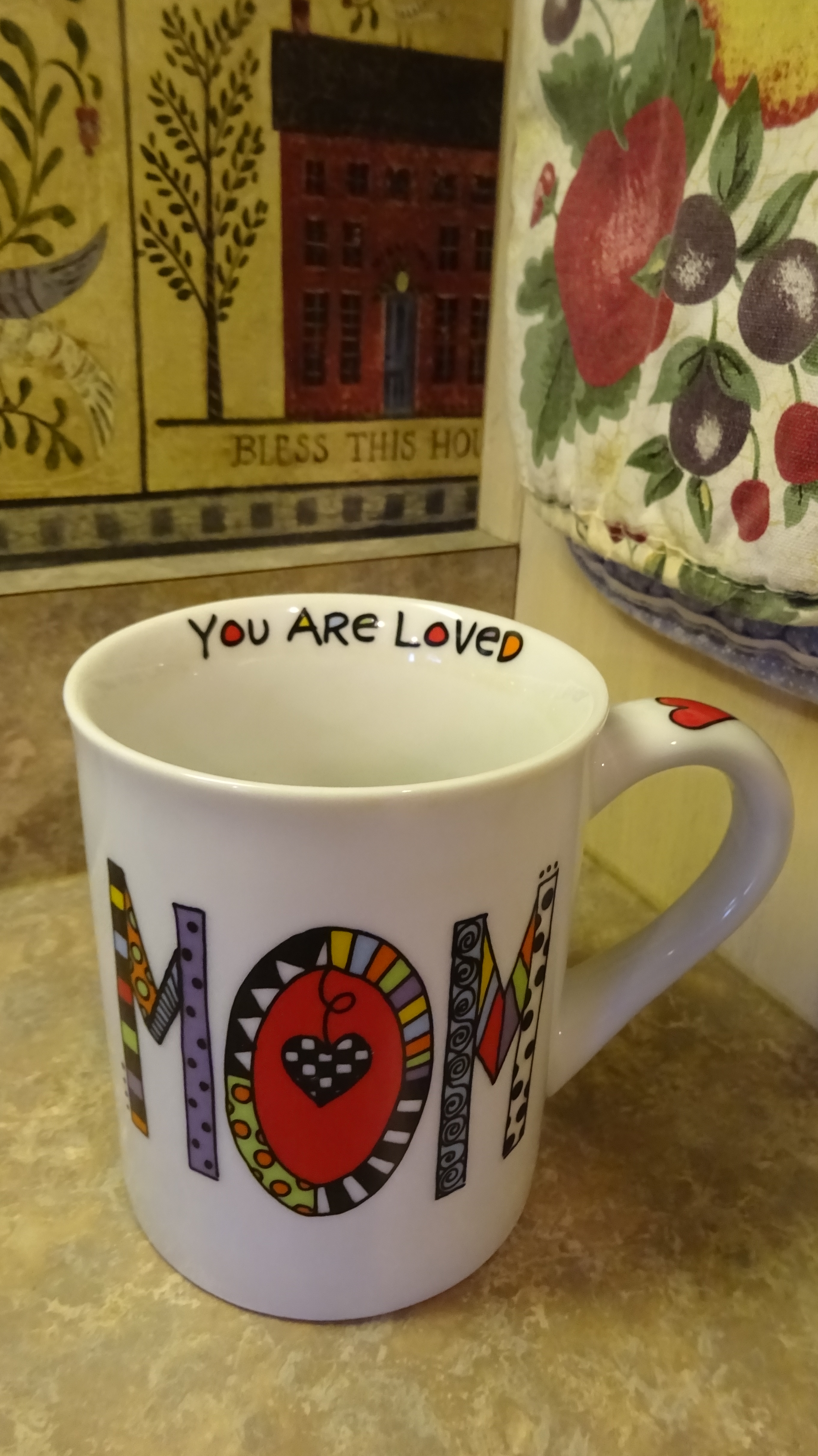The other night at the jazz spot we go to, the vocalist sang that “L-O-V-E” song composed by Bert Kaempfert and Milt Gabler. You know the one: “L is for the way you Look at me…” That was enough to trigger the thought that love provides the theme for much if not most of the music we hear in the pop genre. We either want to be in love, or we are in love, or we rue the day we “lost that lovin’ feeling.”
Way back when I was doing my syndicated rock program (“Celebration Rock”), I think I focused on the L-word only once or twice in the 20+ year run of that show. I suppose love was behind most of the themes I explored through rock hits and album cuts during that time, especially since justice, compassion, and peacemaking have their roots in unconditional love. And when I wasn’t doing a thematic program but just playing the hits of a particular artist, certainly the lyrics sang of love lost and found. But for some reason, “love” wasn’t the stated focus of very many Celebration Rock shows.
When I revived the short-lived “Spirit of Jazz” series, I must have found that a program would be scheduled for Valentine’s Day. Thus, the program I’ve linked to here. It includes a Bill Carter Presbybop Jazz composition, plus Harry Connick, Jr., and Phil Woods. Have a listen, whether it’s Valentine’s Day or not. Love’s always in season.

 A bowed figure, a lamp, and a window with light either reflecting the lamp or letting light in from outside. The person there appears to be weary. Or, in prayer? Or, bereft? In need of, and dependent on, light. As are we all.
A bowed figure, a lamp, and a window with light either reflecting the lamp or letting light in from outside. The person there appears to be weary. Or, in prayer? Or, bereft? In need of, and dependent on, light. As are we all.
 followers, share in his life blood, in his blood line even, I get that. And tonight, as I lead a small congregation in the Sacrament, I will combine their understanding of the tradition with my “always being reformed”* interpretation of the Lord’s Supper, and we will all, as one, share in what my home church used to call “The Meal with the Master.” It will be a holy communion with Jesus.
followers, share in his life blood, in his blood line even, I get that. And tonight, as I lead a small congregation in the Sacrament, I will combine their understanding of the tradition with my “always being reformed”* interpretation of the Lord’s Supper, and we will all, as one, share in what my home church used to call “The Meal with the Master.” It will be a holy communion with Jesus.
 powered women.
powered women. {The last few days of Lent, and the last few mugs to write about. It’s more than a discipline of writing; I have to actually think, too.}
{The last few days of Lent, and the last few mugs to write about. It’s more than a discipline of writing; I have to actually think, too.}